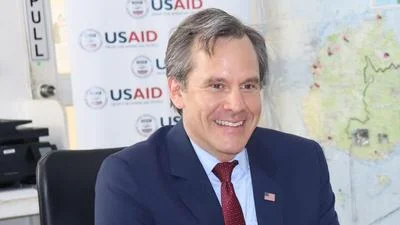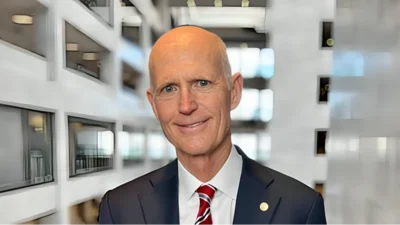The Department of the Interior has announced a $71 million investment to electrify homes in 13 Tribal communities across Indian Country. This funding is part of President Biden’s Investing in America agenda and aims to close the Tribal access-to-electricity gap. The investment, sourced from the Inflation Reduction Act, represents a significant step towards achieving a carbon pollution-free electricity sector by 2035.
This is the second and final round of funding from the Bureau of Indian Affairs’ Tribal Electrification Program, which is part of an overall $150 million commitment. The program provides financial and technical assistance to connect homes in Tribal communities to clean energy-powered transmission and distribution systems. It also aims to provide electricity to unelectrified homes through zero-emissions energy systems, transition electrified homes to zero-emissions energy systems, and support necessary home repairs and retrofitting. Additionally, it supports clean energy workforce development opportunities in Indian Country.
“Every family deserves to have access to reliable, affordable electricity. Now, with historic investments from President Biden’s Investing in America agenda, we’re honoring our commitment to deliver clean energy to Indian Country to electrify more homes,” said Secretary Deb Haaland. “This new program is building reliable, resilient energy that Tribes and communities can rely on, and advancing our work to tackle the climate crisis and build a clean energy future.”
“Indian Affairs’ Tribal Electrification Program continues to provide Tribes with the assistance they need to ensure their communities have safe, reliable electricity, which is essential to daily living,” said Assistant Secretary for Indian Affairs Bryan Newland. “Working with Tribal governments on developing clean energy sources and bringing the benefits of dependable electricity to their communities is part of our mission of service to federally recognized Tribes.”
The announcement follows the program’s first round of funding amounting to $72 million awarded earlier this year. This initial funding was distributed among 21 Tribes and Tribal organizations.
In 2000, it was estimated that 14 percent of households on Native American reservations had no access to electricity—a rate ten times higher than the national average at that time. In 2022, a report cited that 16,805 Tribal homes were still unelectrified.
Funding from this announcement will be allocated as follows:
- Rosebud Sioux Tribe (South Dakota): $11,850,000
- Red Lake Band of Chippewa Indians (Minnesota): $8,738,100
- Navajo Tribal Utility Authority (Arizona, New Mexico & Utah): $7,376,200
- Eastern Shoshone Housing Authority (Wyoming): $7,375,000
- Bois Forte Band of Chippewa (Minnesota): $6,479,000
- Hopi Utilities Corporation (Arizona): $6,060459
- Kootznoowoo Incorporated (Alaska): $5;998;319
- Yurok Tribe (California): $4;300;143
- Quinault Indian Nation (Washington State): $3;948;800
- Levelock Village (Alaska): $3;313;979
- Tanana Chiefs Conference (Alaska): $3;000;000
- SAGE Development Authority - Standing Rock Sioux Tribe (North Dakota & South Dakota):$2;000;000
-Ewiiaapaayp Band Of Kumeyaay Indians California:56000
The initiative supports the Biden-Harris administration's Justice40 initiative which aims for 40 percent of certain federal investments' benefits flowing towards disadvantaged communities including federally recognized Tribal Nations.
For more information visit BIA's interactive map for projects funded through Investing in America agenda.





